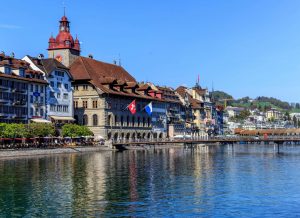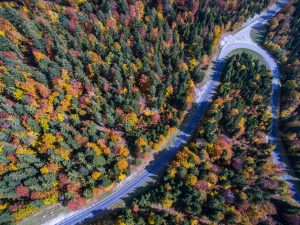Sustainable Landscaping Gains Ground in New Neighborhoods
Sustainable landscaping is a growing trend in the world of real estate and development. As more and more people become aware of the impact that traditional landscaping practices have on the environment, the demand for sustainable landscaping is on the rise. New neighborhoods and communities are embracing this concept, and it is gaining ground as a standard practice in the development of new properties. Let’s take a closer look at what sustainable landscaping is and why it is gaining ground in new neighborhoods.
The Concept of Sustainable Landscaping
Sustainable landscaping, also known as “green landscaping” or “eco-landscaping,” is an approach to landscaping that prioritizes environmental responsibility and conservation. It involves designing, creating, and maintaining outdoor spaces in a way that minimizes negative impacts on the environment and promotes sustainability. The goal of sustainable landscaping is to strike a balance between the built environment and the natural world, creating functional and visually appealing landscapes that require minimal resources and maintenance.
What Makes Landscaping “Sustainable”
So, what makes sustainable landscaping different from traditional landscaping practices? The main differentiating factor is the focus on environmental sustainability. This means using eco-friendly materials, minimizing water usage, promoting biodiversity, and avoiding harmful chemicals and pollutants.
In traditional landscaping, it is common to see large expanses of lawns, exotic plants, and high-maintenance features such as fountains and ponds. These practices require heavy irrigation, fertilizers, and pesticides, all of which have negative impacts on the environment. Sustainable landscaping, on the other hand, uses native plants, drought-resistant species, and natural methods of pest control. This not only reduces the environmental footprint of the landscape but also creates a habitat for local wildlife.
The Benefits of Sustainable Landscaping
Sustainable landscaping offers a wide range of benefits, not just for the environment but also for homeowners and communities. By reducing the use of resources such as water and energy, homeowners can save on utility bills and maintenance costs. Native plants and natural methods of pest control also eliminate the need for harmful chemicals, creating a safer and healthier environment for both humans and wildlife.
In addition, sustainable landscaping can increase property values and enhance the aesthetic appeal of a neighborhood. With a growing focus on eco-friendliness and sustainability, properties with sustainable landscapes are in high demand, making them more attractive to potential buyers.
The Growing Popularity of Sustainable Landscaping
As mentioned earlier, sustainable landscaping is gaining ground in new neighborhoods and communities. This is primarily due to the increasing global awareness of environmental issues and the need to adopt more sustainable practices in all aspects of our lives.
In addition to individual homeowners embracing sustainable landscaping, many developers and urban planners are also incorporating sustainable landscaping into their projects. New developments are now being designed with features such as rain gardens, green roofs, and pervious pavement, which help manage stormwater and reduce the impact of development on the environment.
The Role of Google SEO in Promoting Sustainable Landscaping
Google’s search engine algorithms have evolved to prioritize content that is relevant, informative, and valuable to users. As the concept of sustainable landscaping gains more popularity, it is also rising in search engine rankings. This is due to the relevant and high-quality content being created by individuals and organizations promoting sustainable landscaping practices.
By incorporating keywords and phrases related to sustainable landscaping, such as “green landscaping,” “eco-friendly landscaping,” and “sustainable development,” articles and websites promoting sustainable landscaping are more likely to appear in search engine results. This, in turn, helps to spread awareness and educate a wider audience about the benefits of sustainable landscaping and how they can incorporate it into their own homes and communities.
In Conclusion
Sustainable landscaping is not just a passing trend; it is a vital step towards creating a greener and more sustainable future. As new neighborhoods and communities continue to embrace this concept, it will become the norm in the development and maintenance of outdoor spaces. Through a combination of responsible landscaping practices and effective SEO, sustainable landscaping is gaining ground and making a positive impact on the environment and our communities.











